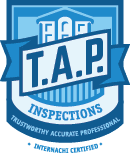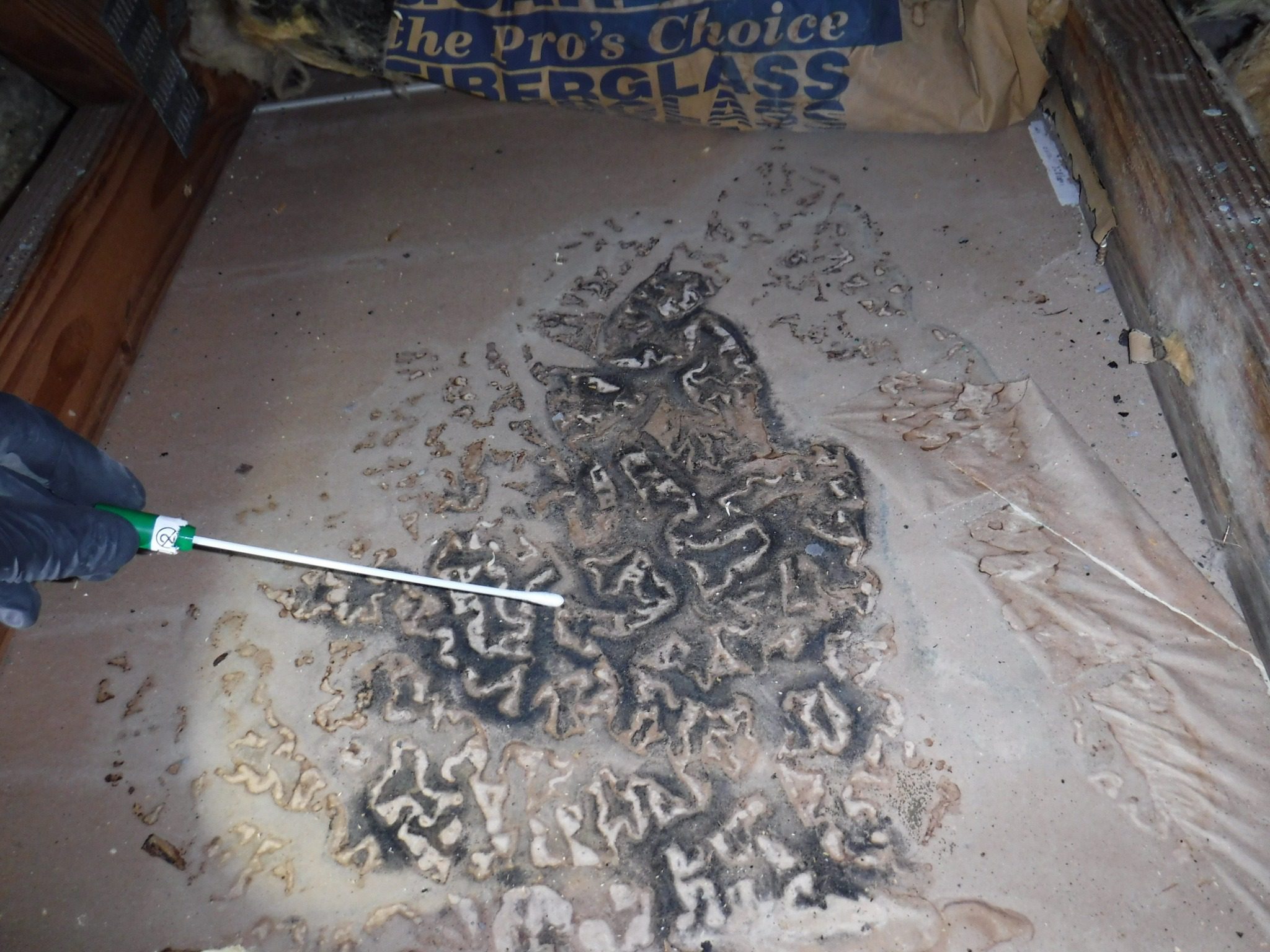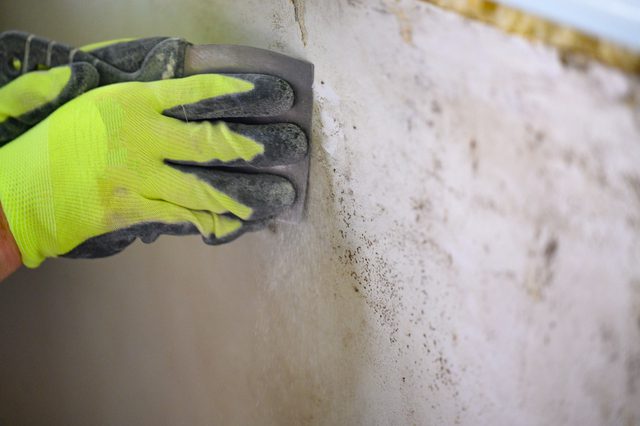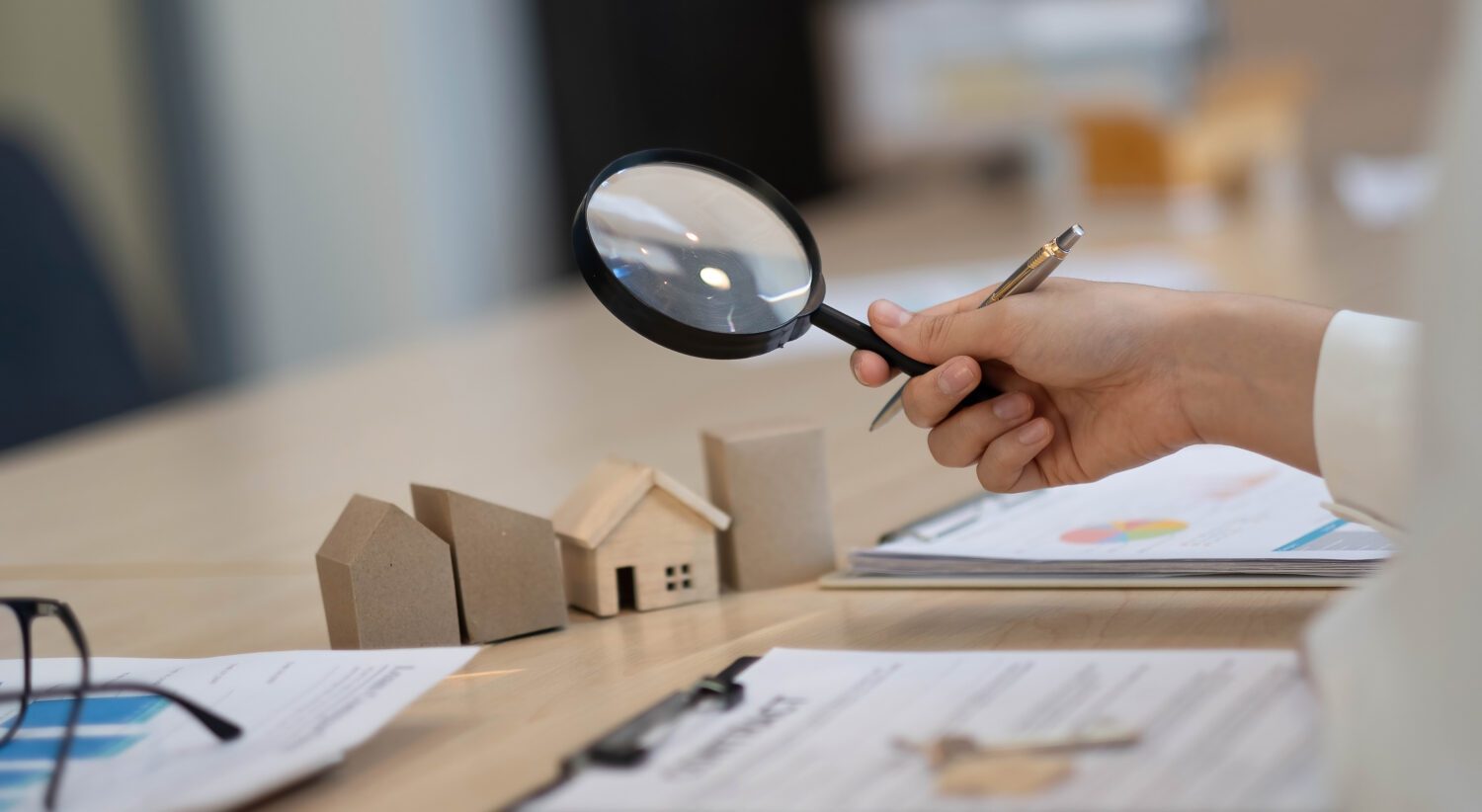Introduction
As a new homeowner, the excitement of owning your own property can quickly turn into anxiety when you consider the potential issues that could arise. While it may be tempting to skip over the home inspection process, doing so could be a costly mistake. A home inspection is an essential step in ensuring that your new property is safe, structurally sound, and free from any major defects or damage.
Explanation of the importance of home inspection for new homeowners
A home inspection provides invaluable information about the condition of your property and helps identify potential problems before they become major issues. By hiring a professional inspector to conduct a thorough examination of your property, you can rest assured that any hidden defects or hazards will be uncovered and addressed. The inspector’s report will provide you with insight into the overall health of your property’s systems, including electrical, plumbing, and HVAC.
Overview of the foolproof home inspection checklist
To ensure that nothing is missed during your home inspection, it’s important to have a foolproof checklist in place. This checklist should cover every aspect of your property inside and out. It should include items such as roof condition and age, gutter condition and drainage, foundation and structure checks for visible cracks or damage, proper grading and drainage checks as well as inspections for electrical systems including circuit breaker panels outlets switches light fixtures water heater conditions leaks or water damage etc., plumbing systems including water heaters visible leaks or water damages kitchen appliances functionalities cabinets countertops sink faucets shower/tub functionalities walls ceilings flooring windows doors etc.
,a thorough home inspection checklist ensures that every area of concern in a new property is covered by an expert who can provide valuable information about its condition. The following sections will go through each area in detail to help you better understand what exactly needs to be inspected and why.
Exterior Inspection
When it comes to inspecting a home, the exterior is just as important as the interior. You want to ensure that the structure of your house is solid and will withstand any weather conditions. The exterior inspection will involve checking the roof, gutters, foundation, and structure.
Roof and Gutters
The roof is one of the most critical components of your home. It protects you from external elements such as rain, snow, wind and hail.
Inspectors will look for signs of wear and tear in your roof shingles or tiles such as broken or missing pieces that could lead to leaks in the future. They’ll also check for debris accumulation on the rooftop that can potentially lead to clogging of gutters.
Roof Condition and Age
The age of a roof plays a significant role in determining its condition. An experienced inspector can tell by merely looking at it how much time has passed since installation or last replacement. You should know whether it was recently replaced or not when you purchase a new home because repairing or replacing an entire roof can cost thousands of dollars.
Gutter Condition and Drainage
Gutters are vital components in protecting your house from water damage caused by rainfall runoff from roofs. During inspection, inspectors will look for debris buildup inside gutters which can cause overflow leading to water damage on walls, foundation problems among other issues. Other areas they’ll look out for include holes/cracks which could result in water seepage into attics & basements.
Foundation and Structure
The foundation provides structural support to your house; hence it’s crucial during inspection since any problem here could cause significant safety concerns later on down the line. Inspectors will inspect visible cracks or damage on walls and other supporting structures that might cause instability. They’ll also look for proper grading to ensure water flows away from the house rather than towards it.
Visible Cracks or Damage
In the course of an inspection, inspectors will check for visible cracks or any signs of damage around your foundation. Any structural problem can compromise the safety of your home. For example, if there’s a crack in your foundation, it could lead to water seepage, which could weaken framing members resulting in significant safety concerns.
Proper Grading and Drainage
The grading around your home’s structure plays a critical role in keeping water away from it. Inspectors will make sure the soil slopes away from the house so that water drains properly during rainfall seasons. A poorly graded yard could result in standing water near your foundation causing structural problems, dampness or mold growth.
As you can see, conducting a thorough exterior inspection is vital when purchasing a new home. It will help you pinpoint potential issues with the roof and gutters as well as any problems with the foundation and structure that may not be visible to an untrained eye.
Interior Inspection
As a new homeowner, it’s crucial to inspect the interior of your home thoroughly. This section will focus on two essential systems: electrical and plumbing.
Electrical System
The electrical system in your home is one of its most critical components; therefore, you need to ensure that it’s working correctly. The circuit breaker panel is found in the basement or utility room and should be inspected for any signs of damage or wear and tear.
Take note of any circuits that may trip frequently as this could indicate an underlying issue that requires inspection by a licensed electrician. Outlets, switches, and light fixtures are other critical components of your home’s electrical system.
You should check all outlets to ensure they’re functional and properly grounded. Similarly, inspect all switches for proper operation, making sure they turn on/off without any hesitation or sparking.
Check all light fixtures to make sure they’re operational and securely attached to the ceiling or wall. If you encounter any issues with these components during inspection, consider having an electrician assess them further.
Plumbing System
The plumbing system is another crucial aspect of your home that needs thorough examination during inspection. Start by checking the water heater condition and age; while these systems typically last for many years without problems, if they’re past their prime (around 15 years), it might be time for replacement. Next, look for visible leaks or water damage around sinks, toilets, bathtubs/showers – anywhere there is a water supply line connected into the house’s plumbing system.
Leaks can cause significant damage over time if left unaddressed; therefore it’s essential to identify them early before causing severe problems in your household plumbing system. Inspecting a new home’s interior entails examining critical components such as the electrical and plumbing systems’ functionality carefully.
Be sure to take it seriously and address any issues you find promptly. Doing so will save you time, money, and headaches down the road.
Room-by-Room Inspection
Now that you have inspected the exterior and interior of the house, it is time to do a thorough room-by-room inspection. This step will help you identify any issues with specific areas of the house and ensure that everything is functioning as it should. Here are some key areas to focus on:
Kitchen – Appliances functionality
The kitchen is one of the most important rooms in any home, and it’s essential that all appliances are functioning properly. Check the oven, stove, microwave, refrigerator, dishwasher, and any other appliances included with the home.
Turn each appliance on and ensure they heat up or cool down as expected. Don’t forget to inspect their condition too – check for rust or damage.
Kitchen – Cabinets, Countertops, Sink, Faucet Condition
Inspect all cabinets for signs of wear or damage such as cracks or missing hardware. Test cabinet doors by opening and closing them while also checking for loose hinges or handles.
Take a close look at countertops paying attention to chips and scratches. Test sink faucets by turning them on/off checking for dripping water; examine sink basin for signs of wear e.g., rust stains.
Bathroom(s) – Toilet Functionality
In each bathroom(s), inspect toilets thoroughly by flushing them several times while observing how they fill up again after being flushed (checking if there are leaks). If necessary use a plunger to clear clogged drains but be sure not to cause further damage in doing so.
Bathroom(s) – Shower/Tub Functionality
Test all showers/tubs in each bathroom by turning them on/off while checking water flow rate (ensuring adequate pressure), drainage rate (ensuring no blockages), showerhead spray pattern (ensuring water flow is evenly distributed), and for any signs of leaks.
Bedrooms/Living room/Dining room – Walls, Ceilings & Flooring Condition
Examine walls, ceilings and flooring in each bedroom(s), living room, and dining room for any visible damage or wear such as cracks in the walls or ceiling; stains on the carpeting or hardwood flooring. Check baseboards to ensure they are secure and not damaged. Look for any evidence of dampness that may be an indication of a leak or poor ventilation.
Windows & Doors Functionality
Inspect windows and doors by opening/closing them to ensure that they lock securely; test window function by opening/closing it smoothly without difficulty while checking for air leakage around edges of the window frame. Make sure there is no damage to window screens or glass panes.
For doors, check hinges, locks, doorknobs ensuring they work properly. By conducting a thorough room-by-room inspection using this checklist, you will be better equipped to identify any issues with your new home before they become bigger problems down the road. Conclusion
Home inspection is an essential process for new homeowners to ensure their investment is both safe and sound. Without a thorough inspection, hidden issues such as leaks or structural problems can end up costing thousands of dollars in repairs down the line. By following this foolproof home inspection checklist, new homeowners can identify potential concerns early on and take appropriate action before they become major problems.
Buying a new home is an exciting milestone, but it’s crucial that you take all necessary steps to protect your investment and your family’s safety. Conducting a thorough home inspection using our checklist can provide peace of mind that your home is in good condition and prevent costly surprises later on.
Remember that a little prevention now can save you lots of time and money in the long run. We hope this guide helps you become a confident homeowner equipped with the knowledge to make informed decisions about your property for many years to come.









